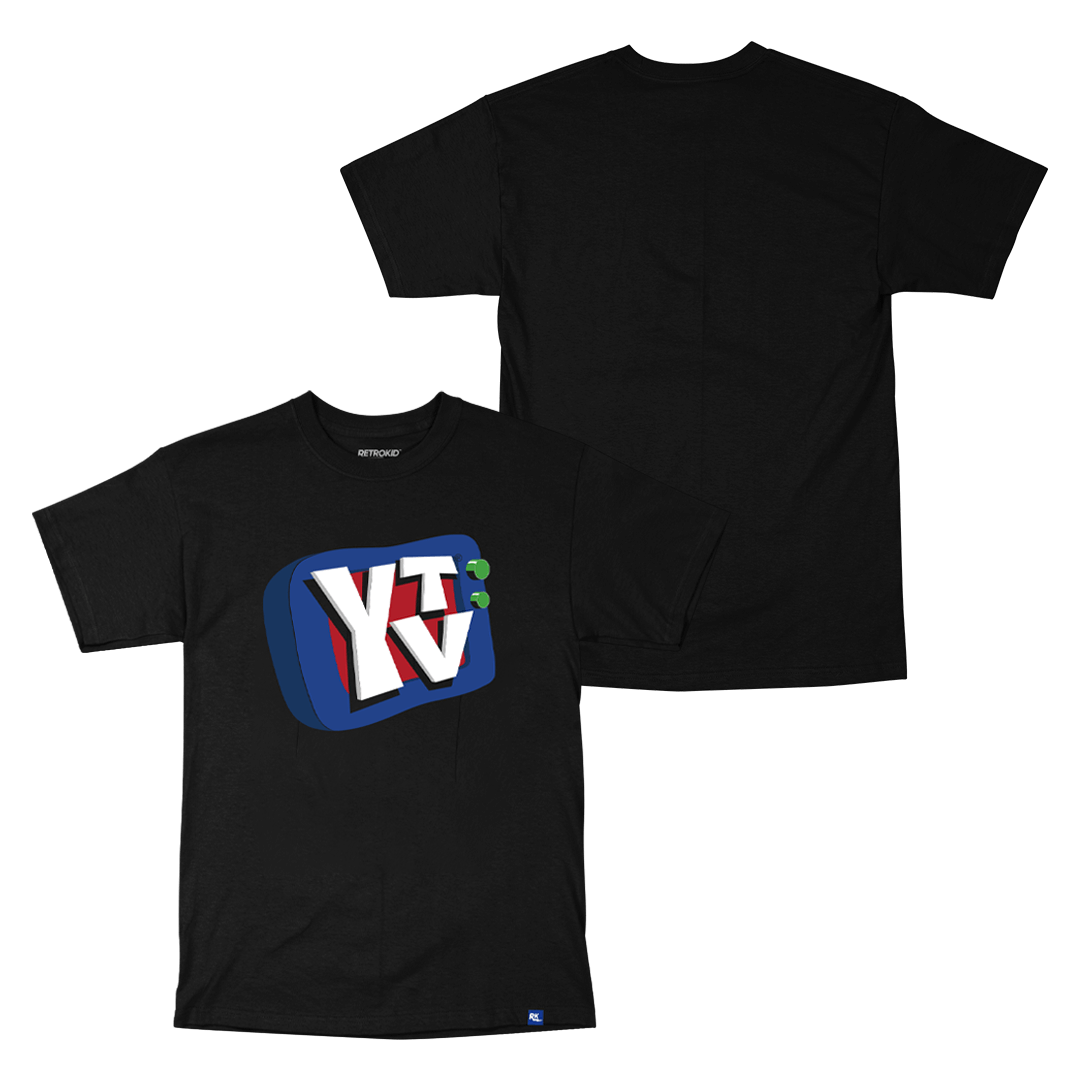Yesterday was Earth Day. A whole day dedicated to the place we call home. With the many initiatives and campaigns around the globe spreading awareness of how our planet is in trouble, due to numerous causes like global warming and pollution, it’s not a surprise people are starting to take notice. Collectively, we’re all starting to realize just how fragile Earth can be, and that its finite resources will one day run out. More and more people are consciously making the decision to make “greener” choices in their lives, and we as the consumer have the purchasing power to see these healthier changes come into effect. One industry that cannot be left out of the efforts to change behaviours is the fashion industry.
Fashion is always evolving and trends change quickly from season to season. To keep up with consumer demand, retailers must stock a lot of product, offer it at a low price, and be up-to-date with what’s being shown in the magazines. Consumer demands are met, and the term ‘fast fashion’ is born. It’s great to have the latest pieces that turn heads, but at what environmental cost are we paying when we purchase that $15 dollar shirt or accessory? First there are things to consider like fabric. Often materials used in a single item will come from different places across the globe to be assembled in one spot. Synthetic fabrics like nylon and polyester require large amounts of water and chemicals to be made and are very energy intensive to produce. Cotton, one of history’s oldest natural fabrics is now one of the most pesticide intensive crops in the world. PVC is a notorious toxic material. Second thing to consider is the colour. Dyeing is usually involved in the process and the process accounts for most of the water used in a garment, with most of the water waste making its way back into streams and rivers.
After production, the new merchandise is boxed and secured for its journey to the store shelves. The journey starts, usually from wherever your clothing label states, when the box is placed on a huge container ship and sets sail. These container ships have been receiving an increasing amount of flack over the amount of pollution they spew out. Some reports on the subject even state large container ships can pollute as much as 50 million cars on the road. Thousands of these ships are in the water each year delivering goods. Now obviously that can’t entirely be blamed on the fashion industry, but it does account for a large percentage. After the ship is docked and the crates sorted, the merchandise heads to a distribution centre, usually by truck. Here it is sorted and sent to various store locations, again usually by truck.
Having the latest in accessories aren’t helping us out in the environmental department either. Just because bracelets and earrings are small, they come with an even bigger impact. Most accessory products are made from inexpensive chemicals and cheap metals. This keeps the cost down and the profit very high. It travels the same way as the clothing, but it’s usually packaged in a much different way. Usually each, individual piece you see in the stores came with its own piece or two of individual wrapping. This packaging ends up in the landfills and is usually not biodegradable. As well, oil is usually involved in the process of making the packaging, and with a global ‘oil crisis’ happening, this just seems wasteful. Another item that ends up in the landfill is usually that $15 shirt or accessory. Disregarded like many of the fashion trends before it, it served its short purpose, but a new trend has come to take its place. So after it’s long journey to make it to your closet, the once coveted piece is no more.
Now, we’re not saying we have an environmentally friendly wardrobe at home either. Nor are we saying to stop buying these items from the retailers. What we are trying to say, to remind you, that this planet is all we got, and it seems only obvious that we need to do what we can to take care of it. We are all consumers and therefore we all have a voice. We can make opinions and decisions everyday and use our mighty purchasing power as a for greater good. We can change the way things are produced and we can decide on smarter purchases rather than impulse buys. We can donate gently used items to the less fortunate. These things will take time to change, but its up to us, all of us, to make the change happen.






